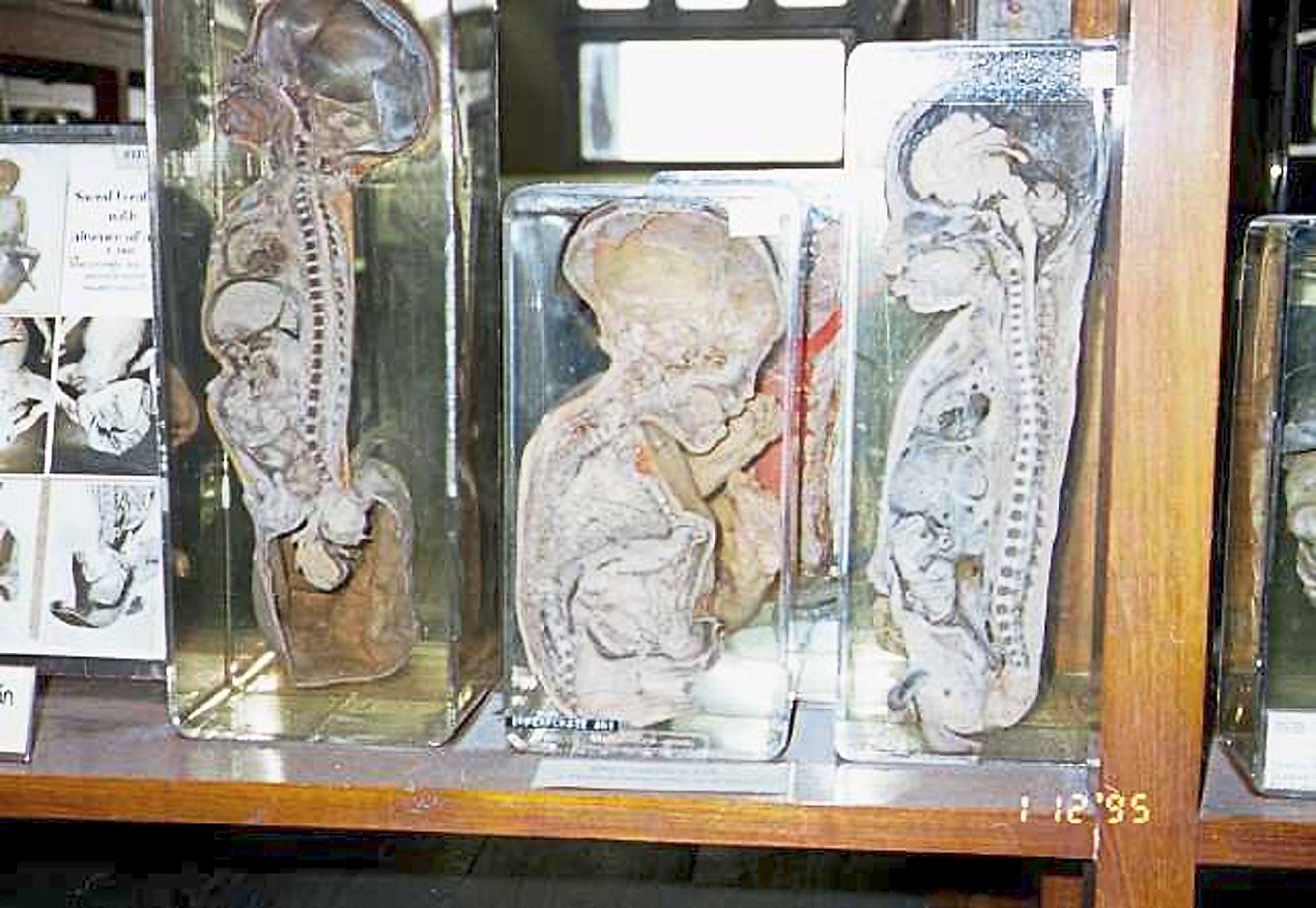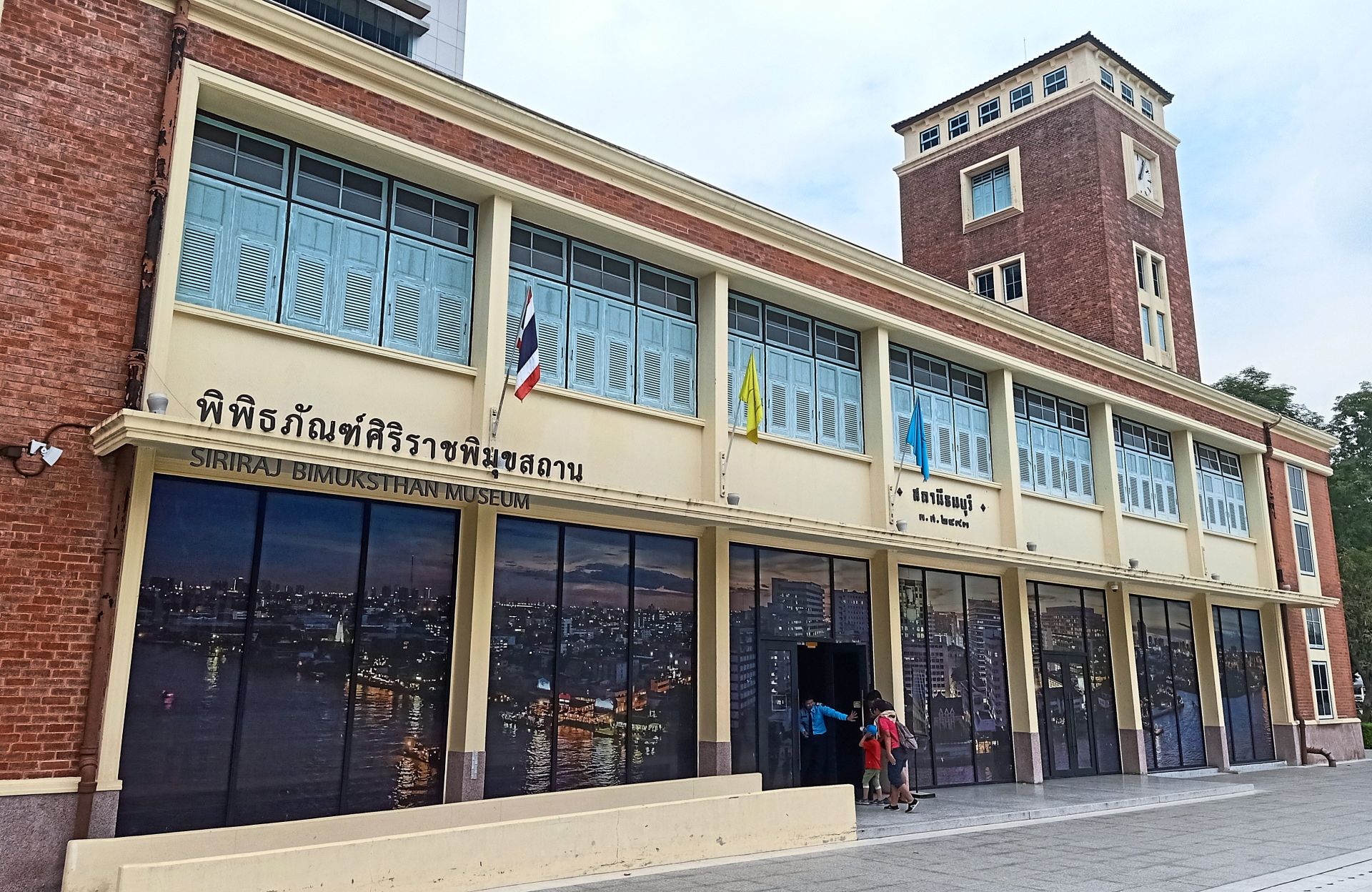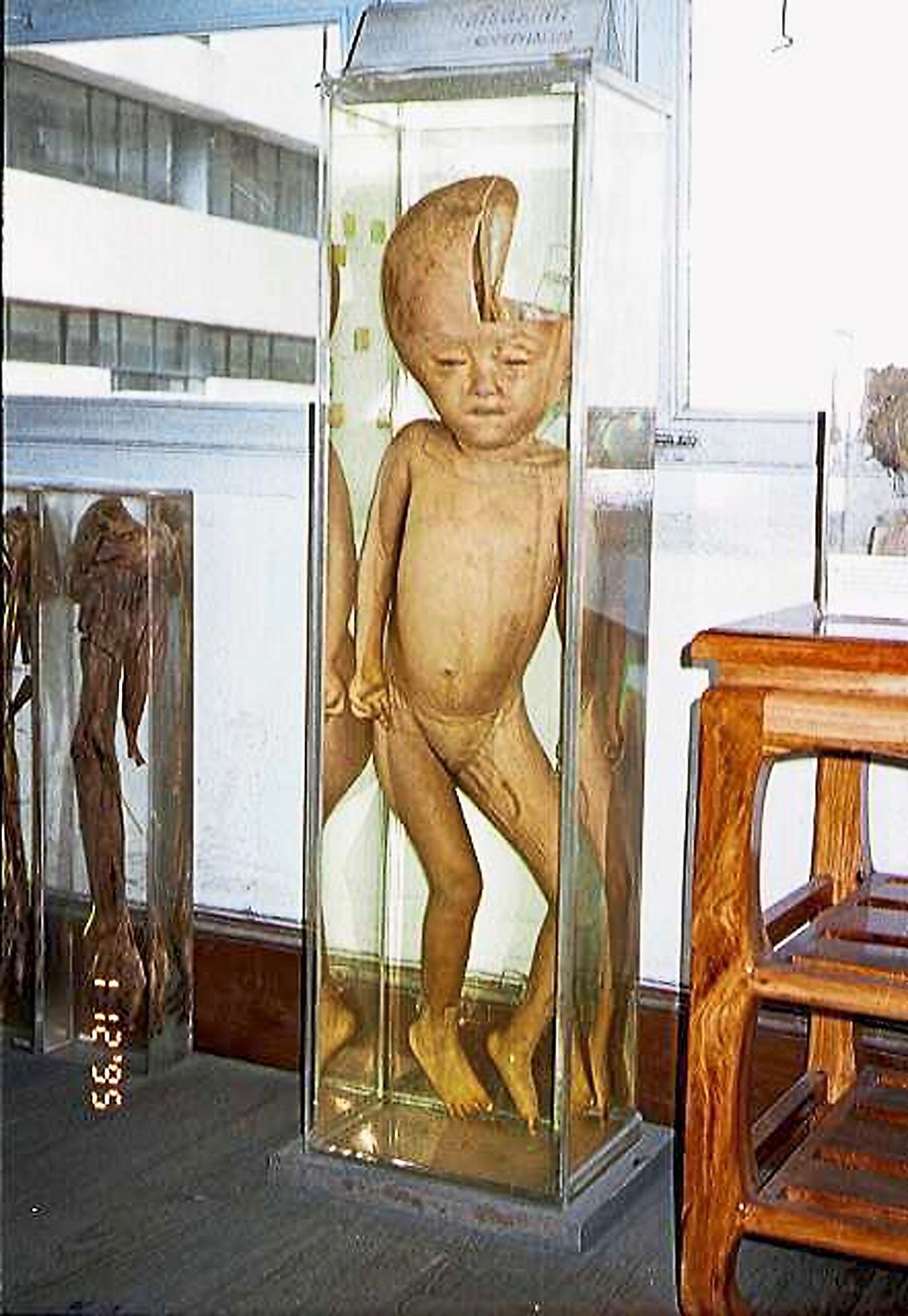
At the forensic museum in Bangkok are countless glass containers of deformed and diseased babies, including Siamese or conjoined twins, all preserved in formaldehyde.
Halloween may have just passed, but there’s surely never a time to turn down a morbid and creepy tale to feed our psyche, is there?
And providing that in a real-life setting is the Bangkok Forensic Museum, famously known as the Museum of Death. It’s a highly recommended destination for dark tourists – travellers who search for places historically associated with death and tragedy.
Many adventure seekers have been inspired by journalist David Farrier, through his exploits in his Netflix documentary, where, among other things, he swam in a lake in Kazakhstan formed by a nuclear blast, highlighted a Japanese town hit by heavy radiation, and even featured a haunted forest.
Having walked through the Suicide Forest in Aokigahara last Halloween, an area on the north-western part of Japan’s Mount Fuji, where about 200 people killed themselves in the dense forest, I knew I had to add something to my list to mark this macabre occasion this year.
So, a trip to the forensic hospital in Bangkok’s Siriraj Hospital it was.
I had perused the news sites and watched enough videos to know what I was dealing with. But with patience being a virtue, it wasn’t surprising that getting there wasn’t as easy as I thought, even after making sure my hotel receptionist detailed my destination in Thai on a piece of paper for me to show my taxi driver.

The Bangkok Forensic Museum, or more famously known as the Museum of Death, is for those looking for their dose of horror.The Bangkok Forensic Museum, or more famously known as the Museum of Death, is for those looking for their dose of horror.
When I reached the hospital, I could tell from the exasperated driver’s expression that he couldn’t drop me right at “death’s” doors because some roads were closed due to on-going construction work. That translated to me having to walk a short distance.
Since most Thais don’t speak English, I had to stop every step of the way to ask for directions from those who do.
The journey through the huge hospital seemed premeditated for me to see the sufferings at the country’s largest hospital. It was simply filled to the brim and for the first time, I saw so many beds along the corridors of a hospital.
Some patients looked like their time on earth was about up as loved ones cuddled them. It was disturbing as there were heart wrenching scenes.
I finally located the forensic museum, but before being let in, the security guard ordered me to write down my name and nationality. My journalist senses tingled, so I swiftly scanned the names of visitors with similar strange interests.
They were mostly Japanese, some Dutch, Britons and Australians. I was the only Malaysian on the long list. Don’t ask me why the majority looked to be from Japan, though.
The hospital has six distinct museums within two separate buildings. The creepiest ones are the Ellis Pathological Museum, Songkran Niyomse Forensic Medicine Museum and Congdon Anatomical Museum. Most of the museums are on the second floor of the Adulyadejvikrom Building.
But the sinister experience began with a bummer – only after paying the 200 Baht entrance fee did the receptionist tell me photography wasn’t allowed!
The rule was introduced about six months ago, and since then, some exhibits have been removed as a mark of respect. Bags were strictly ordered to be kept in a locker, so my hopes of doing a video were also dashed.
But I wasn’t going to let a minor setback ruin my pre-Halloween outing.

From being shot in the head to being killed in horrible vehicular circumstances, these “teaching aids” were meant to show medical students the impact of damage to the skull.From being shot in the head to being killed in horrible vehicular circumstances, these “teaching aids” were meant to show medical students the impact of damage to the skull.There were countless glass containers of deformed and diseased babies, including Siamese or conjoined twins, all preserved in formaldehyde.
Then, there were aborted foetuses in various stages of development. They shook me because I never fathomed a life could exist in mere weeks. That scene certainly evoked deeper thought on abortions and their implications. I guess it’s tough to see a young and innocent life snuffed out.
The exhibits ran the gamut, including a two-headed foetus of a child with “mermaid syndrome” (where legs fuse together), skulls fractured by gunshots and other weaponry used to inflict fatal blows to the head, and accident victims.
From being shot in the head to being killed in horrible vehicular circumstances, these “teaching aids” were meant to show medical students the impact of damage to the skull.
They may seem gruesome, but it’s hard to deny them being informative.
There was another big disappointment – the notorious mummified corpse of the legendary Si Quey was no longer on display. He was one of the most feared men in Thailand.
He had come to the country as a Chinese immigrant in 1944 and earned the distinction of being one of the first known serial killers. Apparently, he murdered and ate the livers of many young boys 60 years ago, believing that this would make him stronger.
In June, the Medical Science Faculty of Siriraj hospital removed the “cannibal” label from the display case containing the embalmed remains of Thailand’s only alleged maneater.
The faculty dean instructed the label’s removal in response to a campaign to restore human dignity to the deceased, leaving only his name in English. Like a double whammy, the move also included the ban on photography.
According to news reports, Quey’s alleged cannibalism spawned many movies, books and dramas during the late 1950s and early 1960s. It was said that the mere mention of his name would stop a child crying. Myths aside, no evidence has been found to prove that he ate the organs of his victims.
But one mind blowing exhibit was a two-and-a-half-foot-wide diseased scrotum, which came with parasites you never knew could exist in a human body.
What was on display was a huge, preserved, swollen scrotum of a man who suffered from Elephantitis as a result of Lymphatic Filariasis, which infected him by microscopic worms.
Above the formaldehyde case containing his appendage is a photo of the poor man with his 75kg nut sack.
Until then, I wasn’t squeamish, but that safe passage ended when I walked into another building, where more containers of deformed babies awaited.
But two babies caught my attention – there were offerings of toys and children’s food for them. I didn’t want to find out more.
Having lived in Asia all my life, where we’ve often heard stories of strange spooky things, I knew what the offerings meant. The museum would most likely be securely locked up at night, and as I write this close to midnight, I can feel the prickling of goose pimples on my body as my mind reaches back to the second floor of the museum.
Good night, and I hope you have no nightmares tonight. The Siriraj Forensic Museum awaits those who dare tread paths less ventured.
How to get there:The Siriraj Forensic Museum lurks in the west bank of the Chao Phraya River. Visitors need to take the BTS Skytrain Station to Sala Daeng on the Silom Line to get there. From there, take the express boat (with orange flag on the back) to the Siriraj Pier (N 10) or simply hop on a taxi.





